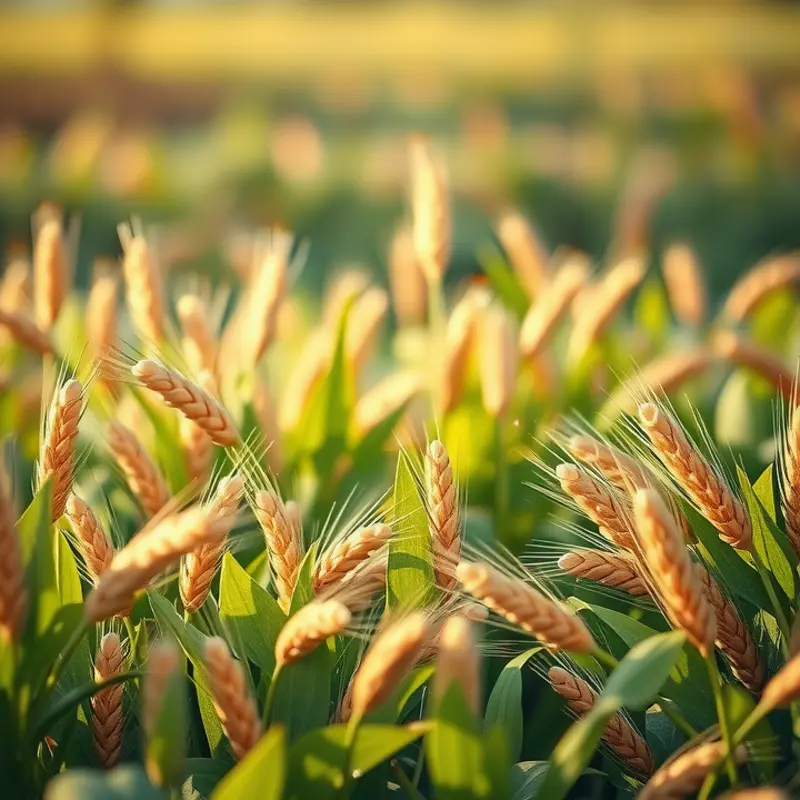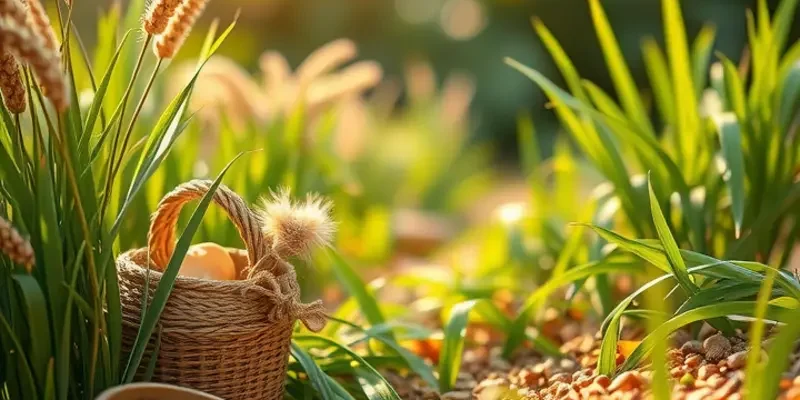The debate over soaking grains before cooking has been a topic of interest for many health-conscious cooks. Some argue it’s a critical step for improved nutrition, while others say it’s unnecessary. Understanding the benefits and potential downsides can help in making an informed decision. This exploration will clarify whether soaking grains is essential, examining nutritional advantages and the practicalities of cooking.
The Nutritional Benefits of Soaking Grains

Soaking grains is a simple, traditional practice that can significantly enhance their nutritional profile and palatability. With increasing focus on maximizing nutrient intake from natural sources, soaking grains is enjoying renewed interest. This time-tested method is lauded for boosting digestibility, improving nutrient absorption, and reducing anti-nutrient content.
Digestion of grains often poses a challenge due to their inherent anti-nutrients such as phytic acid. Phytic acid binds minerals like iron, zinc, and calcium, reducing their bioavailability. By soaking grains, phytic acid levels decrease, enabling better mineral absorption. Studies indicate that soaking can reduce phytic acid by up to 90%, markedly enhancing the nutritional benefit of a meal.
Apart from breaking down anti-nutrients, soaking activates enzymes and beneficial bacteria that improve digestibility. Grains, once soaked, begin germination, which triggers biochemical processes that enhance nutrient breakdown. For example, soaking lentils initiates enzymatic activity, making proteins and carbohydrates more accessible for digestion.
Texture and flavor improvements through soaking are equally crucial. Soaking softens grain integument, leading to an improved texture post-cooking. It can also remove certain bitter components from grains like quinoa, leading to a more agreeable taste. When quinoa is soaked, saponins, which impart bitterness, are effectively reduced, resulting in a more palatable dish.
Various grains uniquely benefit from soaking. Lentils, when soaked, gain nutritional value and cook faster, becoming more adaptable in recipes. Quinoa, another nutrient powerhouse, sees reduced levels of saponins and phytic acid, aiding in its digestibility and flavor. Rice, particularly brown rice, which is often firm, benefits from soaking by becoming softer, leading to even cooking and a delightful culinary experience.
Incorporating grain soaking into meal preparation is straightforward, making it an ideal practice for those looking to adopt a more nutrient-dense diet. For grains that require extended soaking like brown rice, a little planning goes a long way. To explore practical methods of integrating soaking with other meal prep strategies, consider visiting Practical Ingredient Batching for tips on streamlining your kitchen routine.
Overall, soaking grains is a valuable technique that enhances their nutritional density, aids in digestion, and creates more flavorful meals. It is a time-efficient, cost-effective way to ensure you’re getting the most from your grains, encouraging a sustainable approach to cooking that nurtures health from the ground up.
The Practical Side of Cooking Unsoaked Grains

Cooking grains without soaking can feel daunting, especially when myths around digestibility hover in the background. However, there’s a practical side to consider, one where time, texture, and flavor play integral roles.
Unsoaked grains typically require longer cooking times compared to their pre-soaked counterparts. An average cooking period can range from 30 minutes to over an hour, depending on the grain type. Hard grains like wild rice or barley need more time than softer ones such as quinoa or millet. Precision is crucial here—use a timer to prevent under or overcooking. This extended cooking can be convenient in hands-off cooking methods such as slow cooking or pressure cooking, where you can set it and forget it.
The texture of unsoaked grains leans towards being firmer and less mushy. This can be ideal for salads or dishes where you desire a distinct bite. For those who enjoy a heartier texture, unsoaked grains offer a satisfying experience. The flavor profile tends to be more pronounced as well, given the absence of water absorption before cooking that can sometimes leach out subtle flavor notes.
Common myths suggest that unsoaked grains may cause gastrointestinal distress due to anti-nutrients like phytic acid. Scientific evaluations indicate that cooking alone, particularly at higher temperatures or pressures, sufficiently reduces most of these compounds. Thus, the role of soaking becomes more optional than imperative. Still, sensitive individuals might need to experiment to gauge their personal tolerance.
Pressure cooking provides an excellent method for preparing unsoaked grains. The higher pressure and temperature reduce cooking time significantly, maintaining the grain’s nutrients while ensuring it’s thoroughly cooked. Slow cooking, though requiring a longer duration, allows grains to cook evenly and flavors to meld distinctly. Switching to these methods might resonate with those looking to balance efficiency with nutritional value.
Additionally, there’s an eco-benefit to consider: minimal waste. With no soaking, water goes directly into cooking, reducing usage compared to soak-and-drain methods. For more insights, see this guide on minimal waste cooking and prep.
Understanding these aspects can help debunk common misconceptions, paving the way for more flexible cooking choices. For those navigating dietary preferences or time constraints, cooking unsoaked grains offers a viable and rewarding option.
Final words
Whether or not to soak grains before cooking ultimately depends on personal preferences, types of grains, and intended recipes. Soaking offers notable nutritional benefits — enhancing digestibility and minimizing anti-nutrients. However, many grains can still be cooked successfully without soaking, depending on one’s cooking methods and nutritional needs. It’s essential to weigh these factors to make an informed choice that serves your dietary habits and culinary practices. Both methods can yield delicious, nutritious results based on how you approach them in your cooking.








